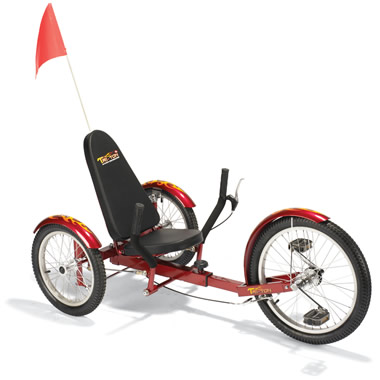Boyntonstu
10 kW
If your outrunner is hard engaged against your tire and you are pedaling at say 12 mph with your throttle matching your speed, is there much battery power used beyond idle?
Boyntonstu said:If your outrunner is hard engaged against your tire and you are pedaling at say 12 mph with your throttle matching your speed, is there much battery power used beyond idle?
Chalo said:Boyntonstu said:If your outrunner is hard engaged against your tire and you are pedaling at say 12 mph with your throttle matching your speed, is there much battery power used beyond idle?
That can vary a lot depending on your particular speed. Within a range of 1/2 mph you can go from applying a significant load to the battery to regenerating into the battery.
What is certain is that the roller hard on the tire costs a lot of energy, whether it comes from the motor or the pedals.
Boyntonstu said:Chalo said:Boyntonstu said:If your outrunner is hard engaged against your tire and you are pedaling at say 12 mph with your throttle matching your speed, is there much battery power used beyond idle?
That can vary a lot depending on your particular speed. Within a range of 1/2 mph you can go from applying a significant load to the battery to regenerating into the battery.
What is certain is that the roller hard on the tire costs a lot of energy, whether it comes from the motor or the pedals.
An unloaded motor just spinning does not seem to take much power.
If I pedal at that speed, why would the motor take more power that at no load?
dogman dan said:Not sure what you mean. but I do know that on a direct drive hubmotor, 50w will eliminate cogging, if you want to run on pedal power without having to also push the motor.
So likely, you will pull less than 50 w. Even with a small battery, you can run like this two hours or more using less than 100 wh. So it's a tiny drain, well worth it to use up that way.
To eliminate the effect of the battery and motor weight, takes more. 100-150w.
Boyntonstu said:dogman dan said:Not sure what you mean. but I do know that on a direct drive hubmotor, 50w will eliminate cogging, if you want to run on pedal power without having to also push the motor.
So likely, you will pull less than 50 w. Even with a small battery, you can run like this two hours or more using less than 100 wh. So it's a tiny drain, well worth it to use up that way.
To eliminate the effect of the battery and motor weight, takes more. 100-150w.
You answered my question. Thanks!
EVTodd said:Boyntonstu said:dogman dan said:Not sure what you mean. but I do know that on a direct drive hubmotor, 50w will eliminate cogging, if you want to run on pedal power without having to also push the motor.
So likely, you will pull less than 50 w. Even with a small battery, you can run like this two hours or more using less than 100 wh. So it's a tiny drain, well worth it to use up that way.
To eliminate the effect of the battery and motor weight, takes more. 100-150w.
You answered my question. Thanks!
That is a good answer and interesting for sure for hub motors but again, if you're using friction drive and have the roller very tight I imagine it's more drain than the cogging of a small hub motor.
Boyntonstu said:When you crank the wheel to any speed and you match that speed with the motor, it should not require much power.
It is as if the motor was free running without the wheel.

